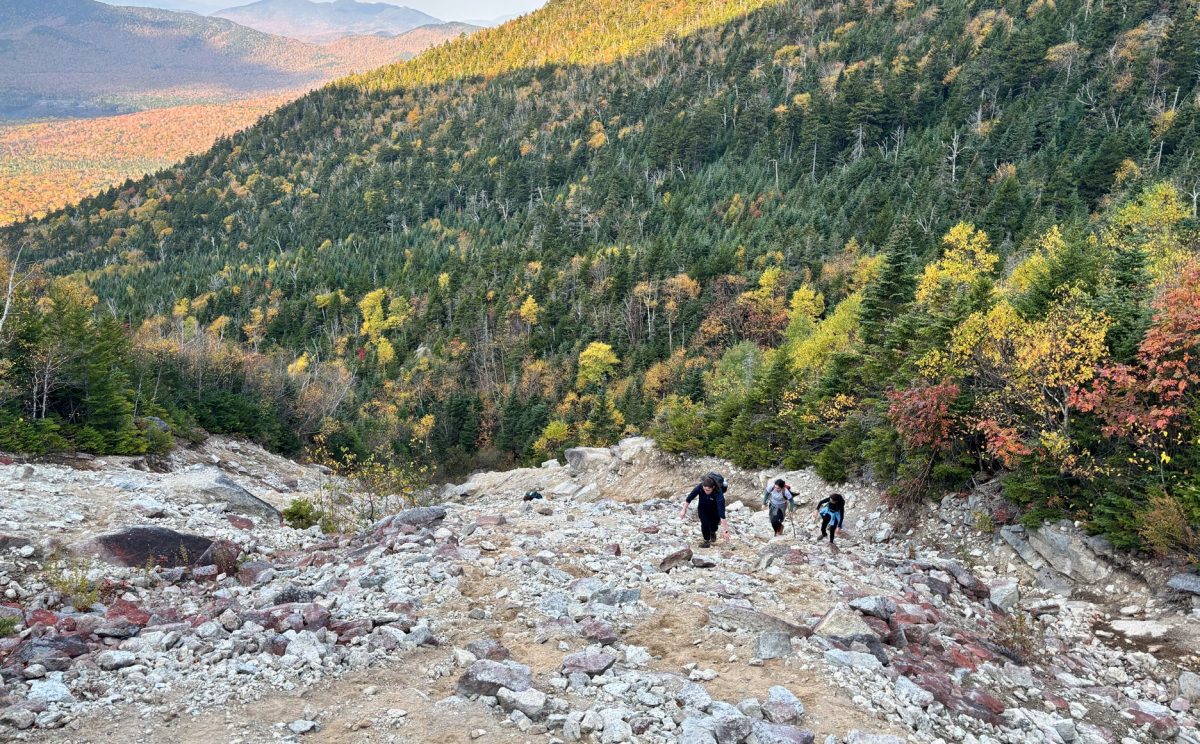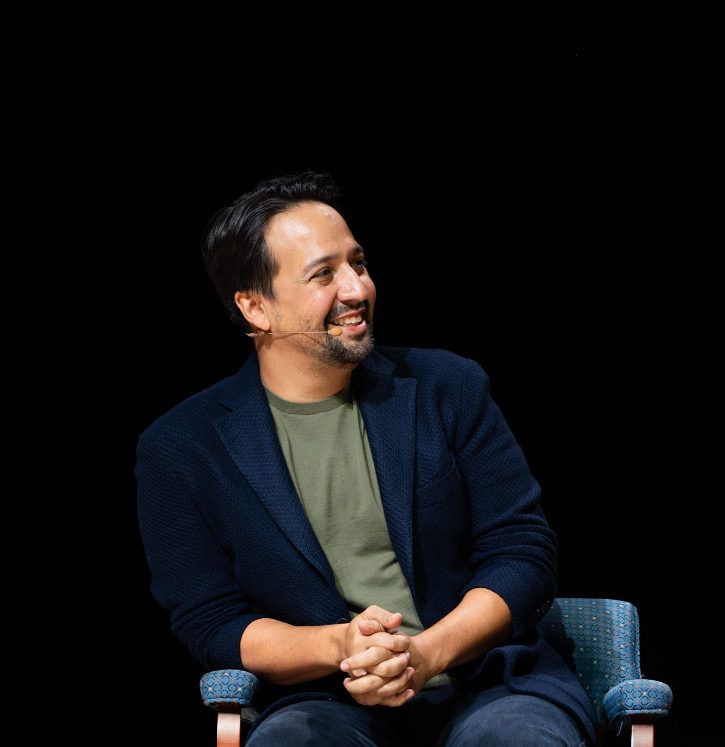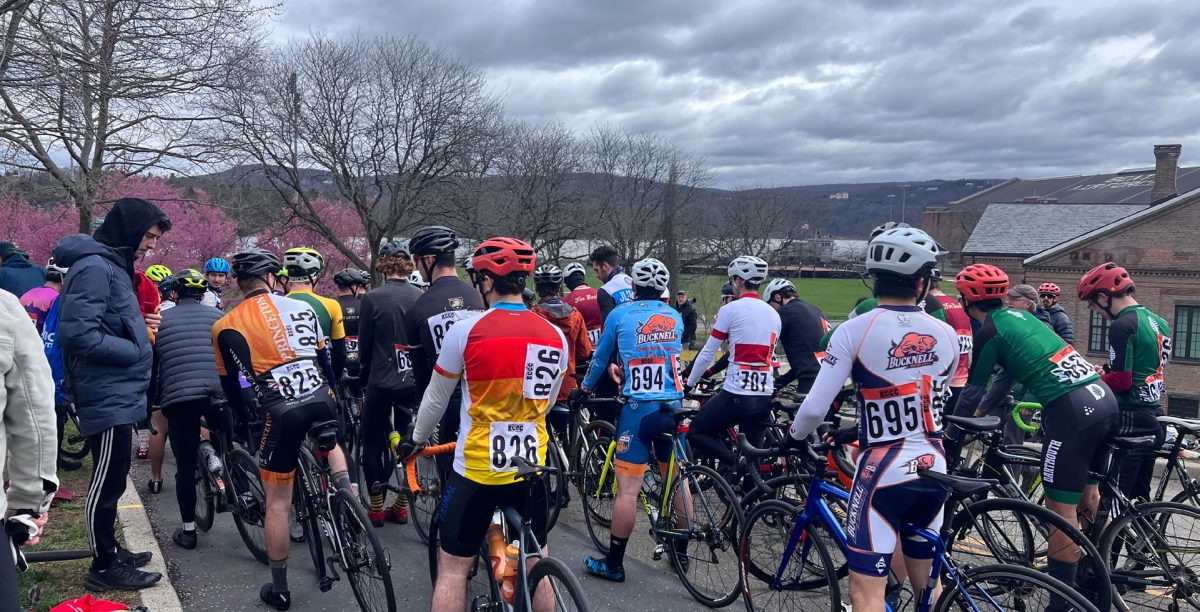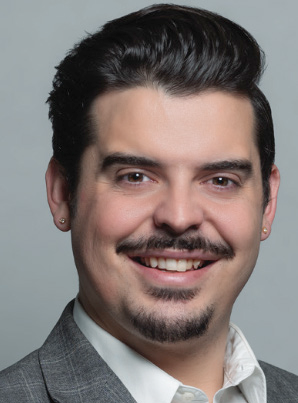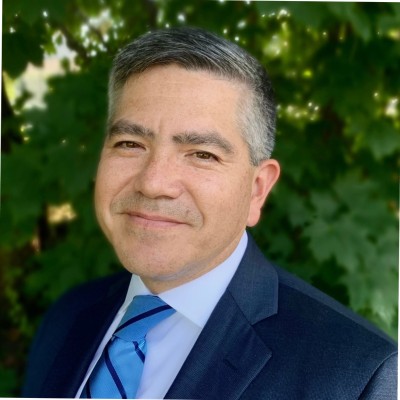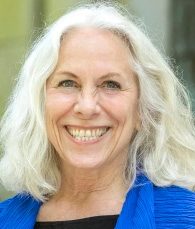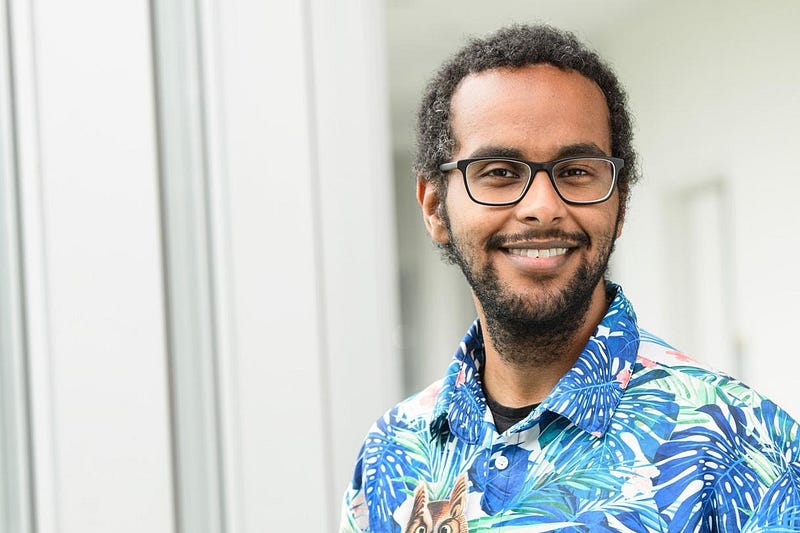
Since last year, Hamilton has welcomed a wave of 42 new professors to campus to fill its classrooms. Ranging from departments such as physics, mathematics and economics to women and gender studies, philosophy and religious studies, new faculty members have integrated themselves into just about every department on campus.
Many of Hamilton’s new faculty members come with backgrounds working in the bustling hubs of large research institutions. Coming from graduate programs at schools such as UCLA, University of Denver and Stanford, these new faculty members transitioned to Hamilton, a cozy cluster of buildings, nestled in the pastoral farmland of upstate NY. These new professors face transition just like new students, as they find their footing in Hamilton’s tight-knit academic community.
One faculty member who joined just last year, Saber Ahmed, is a Visiting Professor of Mathematics and Statistics. With an undergraduate degree in chemistry and mathematics, and PhD in Mathematics, Professor Ahmed’s research focuses primarily on the structures involved in “supermathematics.”
Professor Ahmed said he took the job at Hamilton because he wanted to work and grow in a new space and found the sense of community in the Mathematics and Statistics Department particularly compelling. At first, he felt nervous about living in a rural area like Clinton without an urban metropolis nearby. However, he said he saw it as “a new experience worth having,” the logic many Hamilton students hailing from bigger cities likely followed when they decided to join the community. Professor Ahmed joined the College from a large research university where he was teaching classes of 40–70 students. Reflecting on his experience, Professor Ahmed shared his appreciation for Hamilton’s sense of community, something he had not found during his time in larger research universities.
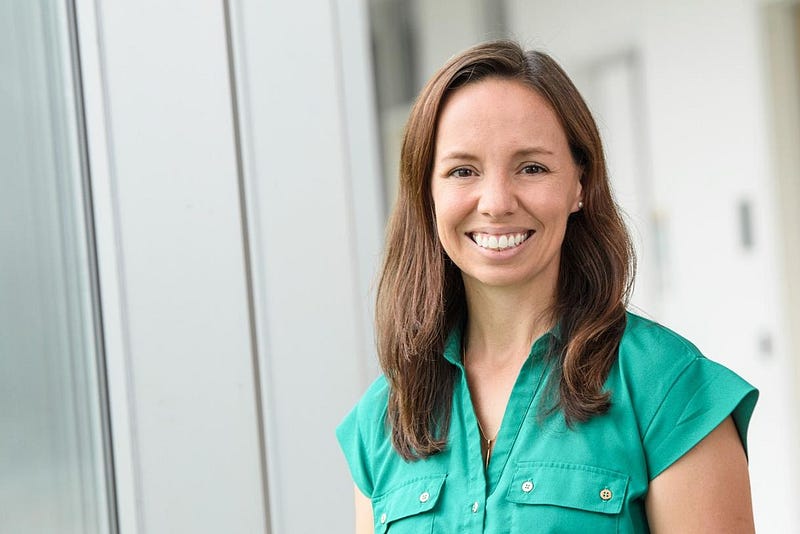
Ahmed is not alone. At the most recent faculty meeting, Dean of Faculty Ngonidzashe Munemo shared the results of the COACHE survey conducted from 2017–2018, revealing that 32% of faculty members mentioned geographic location as the worst aspect of teaching at Hamilton. It is clear faculty members, old and new, share feelings about Hamilton’s rural location.
However, Ahmed is also not alone in his excitement about the sense of community Hamilton offers. 72% of faculty members who took part in the survey determined the quality of students as the best part of working at Hamilton. Irrespective of their qualms about Hamilton’s geography, faculty relate in their appreciation for the quality of Hamilton’s student body and the community they create.
Freshening their departments with new hires, these 42 faculty members bring new areas of expertise to their departments. Professor Kaplan, for example, energizes the Women and Gender Studies Department with their interests in the relationship between visual culture and coloniality of gender. Pioneering different academic approaches, new professors like Kaplan bring fresh insight and possibility for innovation to campus.
Another recently appointed professor, Dr. Kahrl, intends to establish an undergraduate research group centered on the reproductive physiology of frogs and salamanders as she settles in to the Biology Department.
In the expanding Italian Department, Professor Di Blasio came to Hamilton with interests in representations of migration in Italian literature, bringing civic minded interests to the forefront of the department.
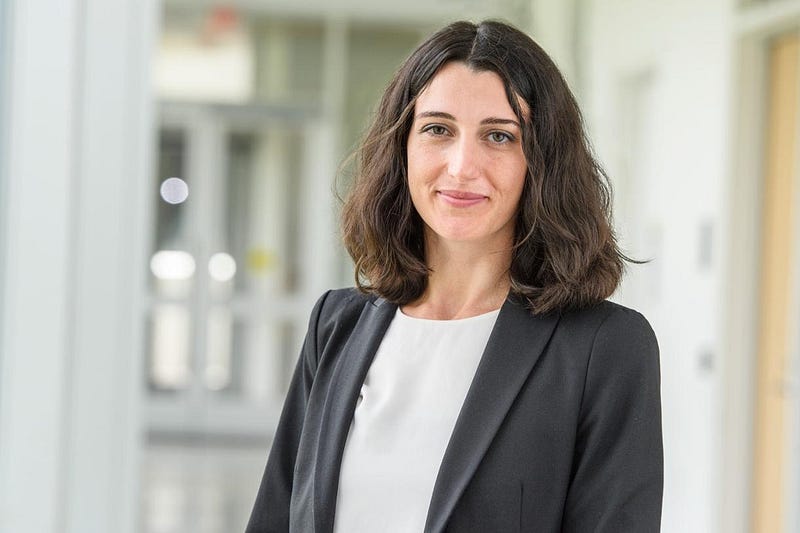
This wave of younger professors infuses a fresh intellectual spirit into Hamilton’s lecture halls, research labs and classrooms. As they aim to immerse themselves in Hamilton’s academic community, new professors bring a spirited eagerness to engage with students and improve their departments.
These recently appointed faculty members bring new perspectives and expertise to campus, marking a period of transition in Hamilton history. The newest members, appointed this year, come in the wake of faculty resignations. Last spring, nine faculty members resigned, many of whom were people of color or female-identifying. Hamilton administration faced vacancies across departments.
New professors have the opportunity to restructure and define the pedagogy and approaches of departments across campus. Unfettered by precedent or entrenchment in department tradition, new faculty members can serve as agents for change and transformation to Hamilton’s academic community.

